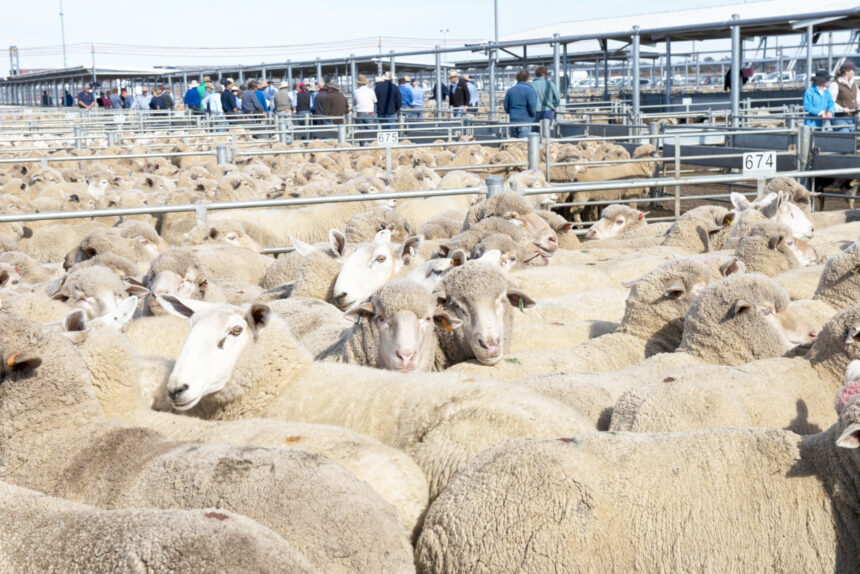Local abattoirs almost doubled their output capacity during June and July, as they accounted for over 16% of the sheep slaughtered during the two months to mark an increased output from the 4 508 sheep slaughtered in June to 5 230 slaughtered in July.
Complementing the improved slaughtering capacity of domestic abattoirs was the country’s increased total marketing of sheep for export purposes, which improved by 3% from the 79 957 sheep marketed in July last year to 82 368 sheep marketed during July 2024.
Still, on the export front, Namibia’s live exports of sheep increased by 12.52% on a year-to-year basis, while the export of abattoir slaughtering decreased by 25% yearly, and increased by 4.55% monthly.
Overall, the majority of live sheep exports about 99.94% were destined for South African abattoirs, followed by Botswana and Zimbabwe each accounting for 0.03%.
According to the latest report by the Livestock and Livestock Products Board of Namibia (LLPN), neighbouring South Africa remains the country’s largest and most reliable destination for export of live sheep.
Goat market
In contrast, the country’s goat market performance was somehow poor during June and July this year, which saw Namibia exporting a decrease of 15 517 goats in July from the 18 527 goats exported during the same month last year. The latest figures represent a decrease of 16.25% on a year-to-year basis, and an increase of 2.99% monthly.
However, the total marketing of goats was driven by an increase in live exports, which mainly went to South Africa, and accounted for 97.71% of total live goat exports. Zimbabwe, Angola and Botswana each accounted for 1.06%, 0.78%, and 0.45% of the country’s live goats’ exports. Livestock farming contributes approximately two-thirds to agricultural production in Namibia, and the country’s beef and sheep products are free from genetically- modified organisms, and the cattle are fed on rangeland.
The sector already supplies high- quality beef, sheep and goat products to international markets.
In March 2020, Namibia became the first and only African country to export beef to the United States.
Although Namibia is an arid country with low, average and highly-variable rainfall, drought remains a perennial challenge, and the lack of water is an ever-present constraint in most parts of the country.
This climate means that the potential for arable agriculture is generally limited, and agricultural potential is, therefore, confined mainly to livestock farming and high value crops such as dates and grapes, which are focused on the export market.
However, climate-smart farming is gaining more attention as a needed area for development to allow Namibian farmers to reap more from the agriculture sector. Agriculture in Namibia contributes around 5.1% of the GDP, of which 70% represents the output of the livestock sub-sector.
Over the years, the sector’s performance has been minimal as a result of among others low and delayed rainfall experienced in the 2014/15 season which led to a drought that is estimated to lead to a contraction in both livestock farming and crop production.
Despite the declining or small-share contribution to GDP, the sector remains the backbone of the economy and prosperity for many Namibians.
Investment opportunities exist in value chain activities, particularly meat- processing and related industries such as canning, tannery and leather products.
-ohembapu@nepc.com.na


